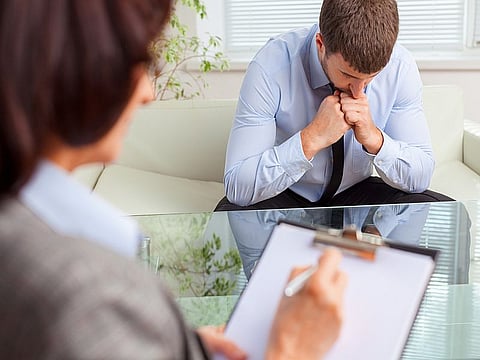WEDNESDAY, April 24, 2019 (HealthDay News) -- From 1998 to 2015, there was an increase in outpatient treatment of depression, according to a study published online April 24 in JAMA Psychiatry.
Jason M. Hockenberry, Ph.D., from Emory University in Atlanta, and colleagues examined national trends in outpatient depression treatment from 1998 to 2015. Data were assessed from the 1998, 2007, and 2015 Medical Expenditure Panel Surveys, with a total of 86,216 respondents.
The researchers found that from 1998 to 2015, the rates of outpatient depression treatment increased from 2.36 to 3.47 per 100 population. From 1998 to 2007, there was a decrease in the proportion of respondents who were treated for depression using psychotherapy (53.7 to 43.2 percent), followed by an increase through 2015 (50.4 percent); the proportion receiving pharmacotherapy remained stable at 81.9, 82.4, and 80.8 percent in 1998, 2007, and 2015, respectively. Prescription expenditures for these individuals decreased after adjustment for inflation, from $848 to $603 per year in 1998 and 2015, respectively, while the mean number of prescriptions decreased from 7.64 to 7.03, respectively. There was an increase in national expenditures for outpatient treatment of depression from 1998 to 2007 to 2015 (from $12,430,000 to $15,554,000 to $17,404,000), consistent with a slowing growth in national expenditures.
"These findings still need to be balanced against the fact that the lower-than-expected rate of treatment suggests that substantial barriers remain to individuals receiving treatment for their depression," the authors write.
Abstract/Full Text (subscription or payment may be required)


